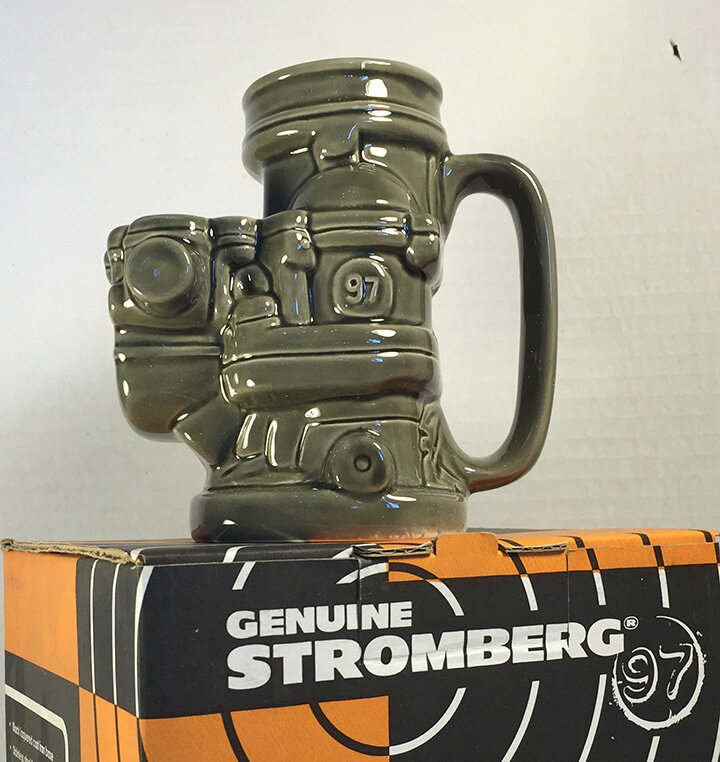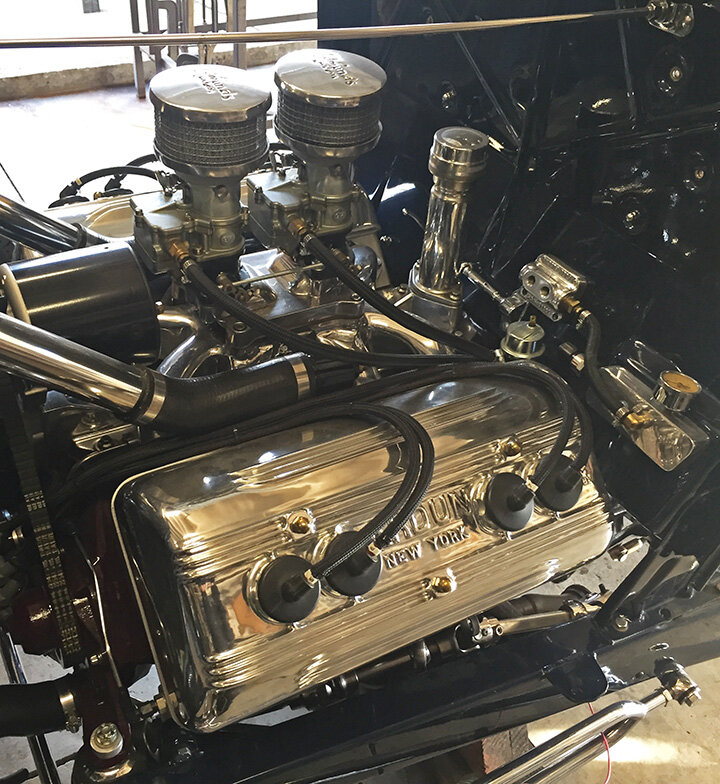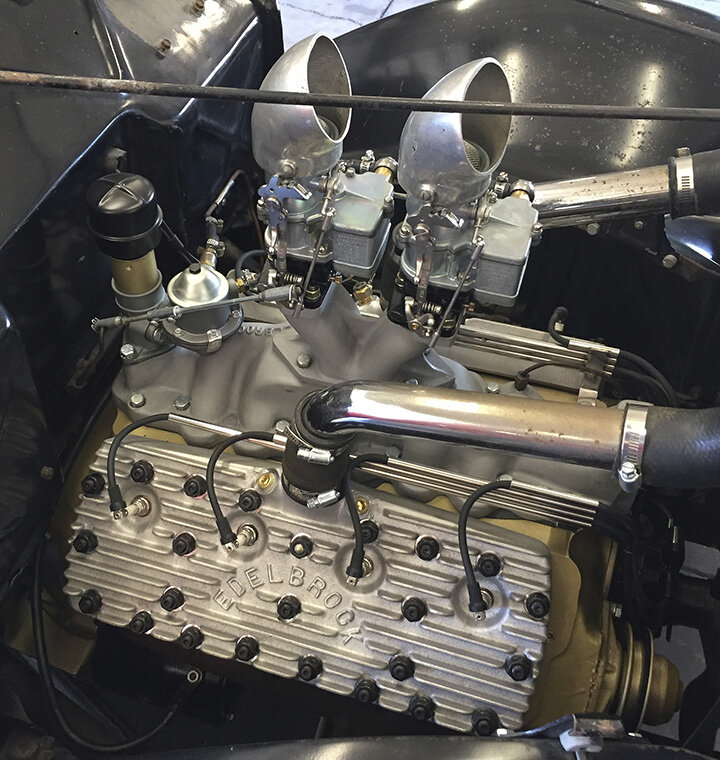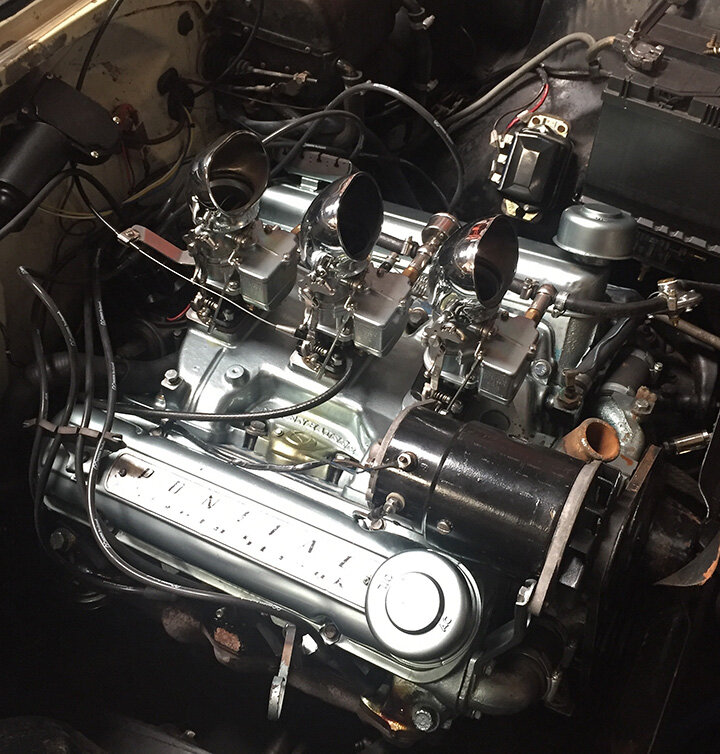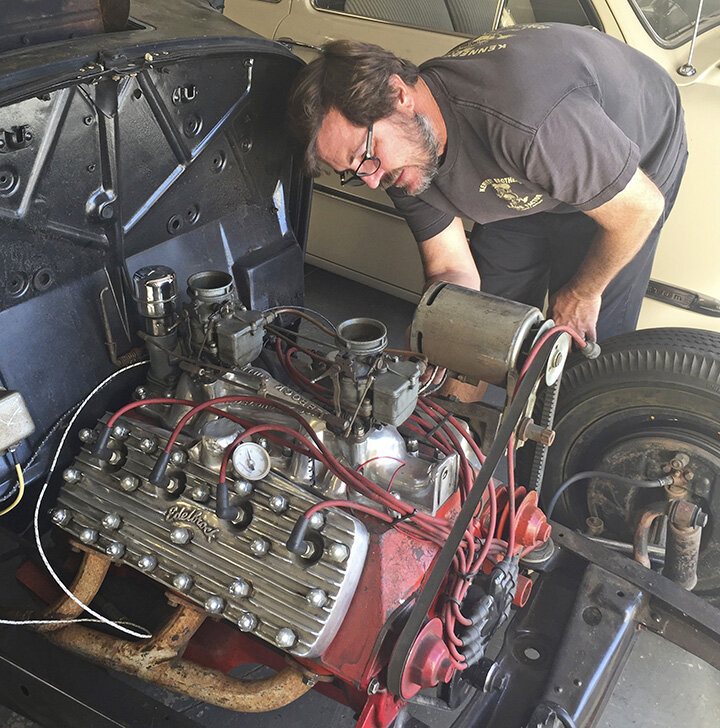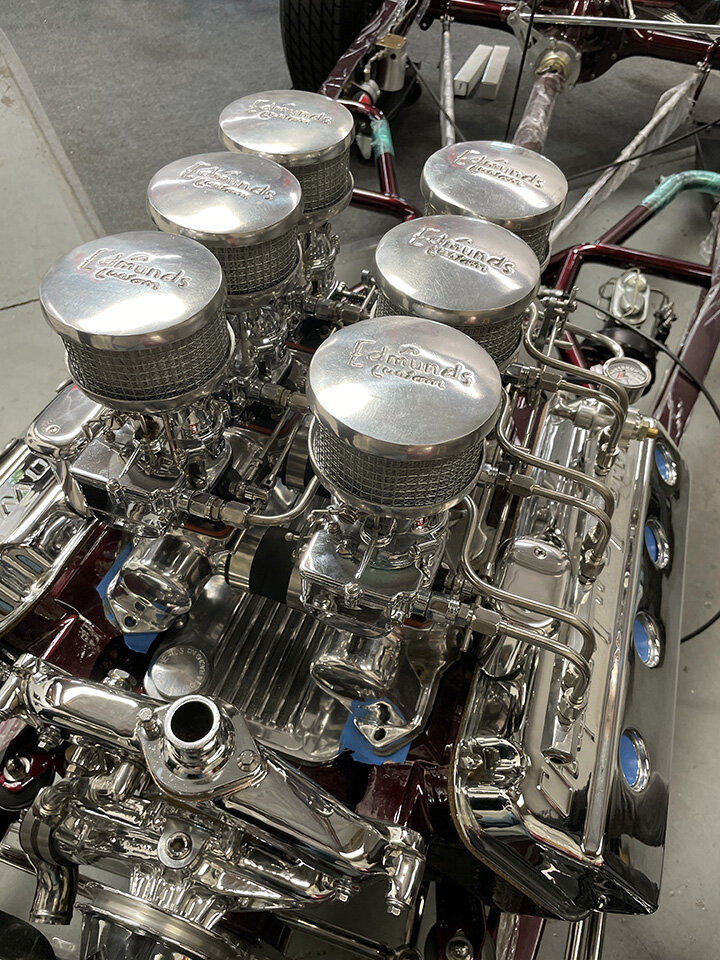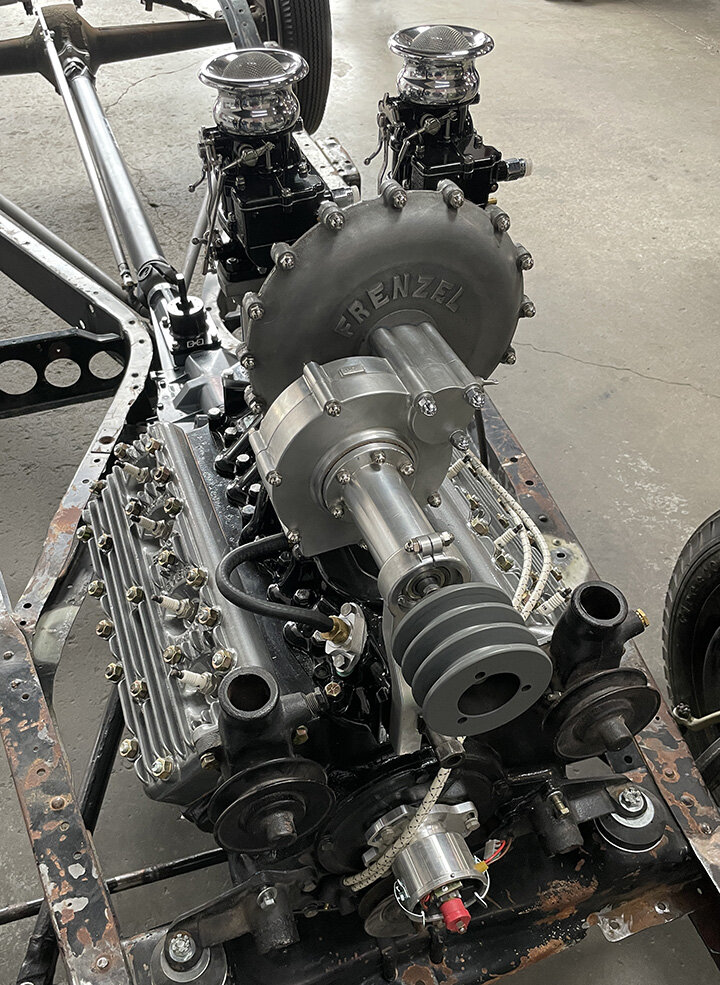Why the Stromberg 97? Why not the 48, the 81 or the 94?
Presented by HandHflatheads.com
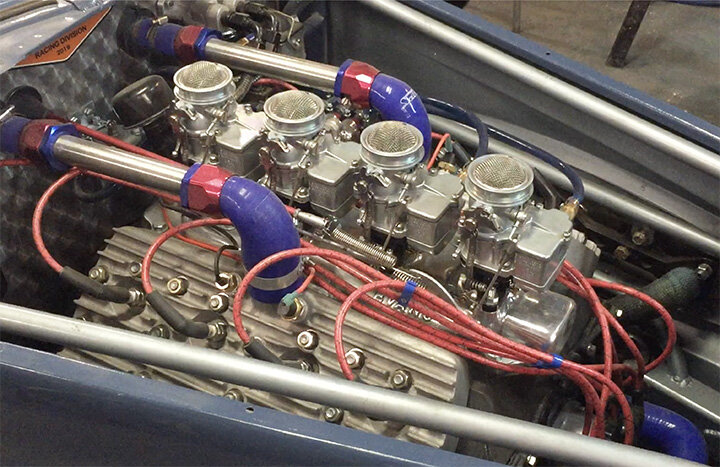
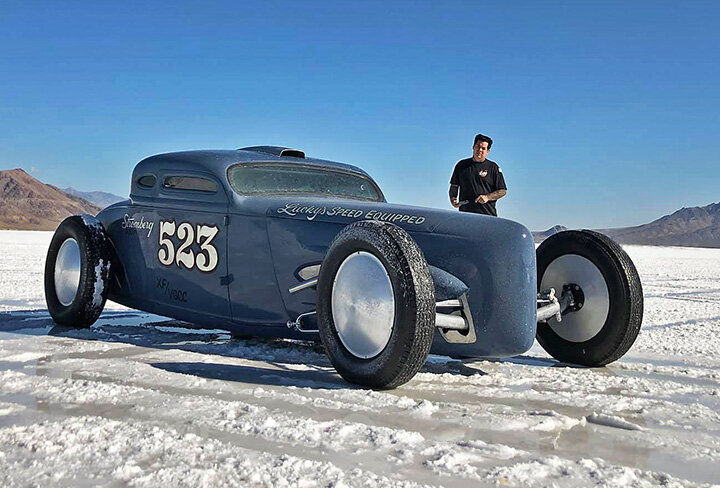
If you know hot rods, you know Stromberg 97, right? Whether it’s the dry lake, the drags, circle track, car show, or just a street near you, they were the go-to, go-fast carburetor for generations. And you know what? They still are, if you’re building an early style hot rod or race car. Whether you’ve got a flathead four or eight, six-pot Chevy or Lincoln V-12, or pretty much any American OHV from ’49 to ’60-something, there’s an manifold somewhere to make it move a little faster, all with the tell-tale three-bolt, two-hole Stromberg carb mounts.
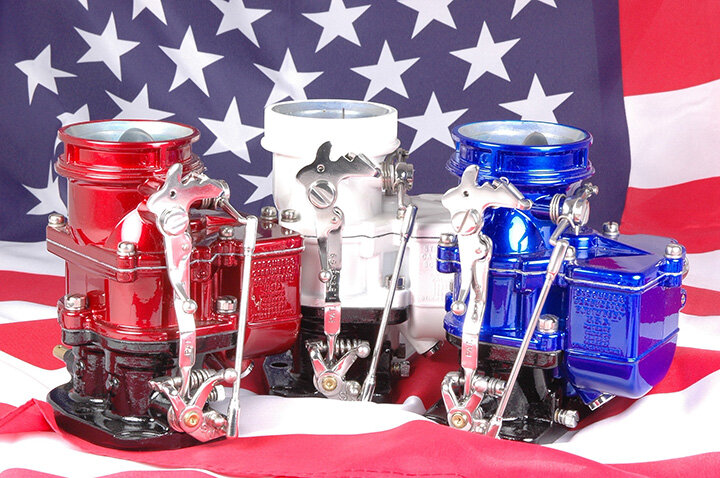

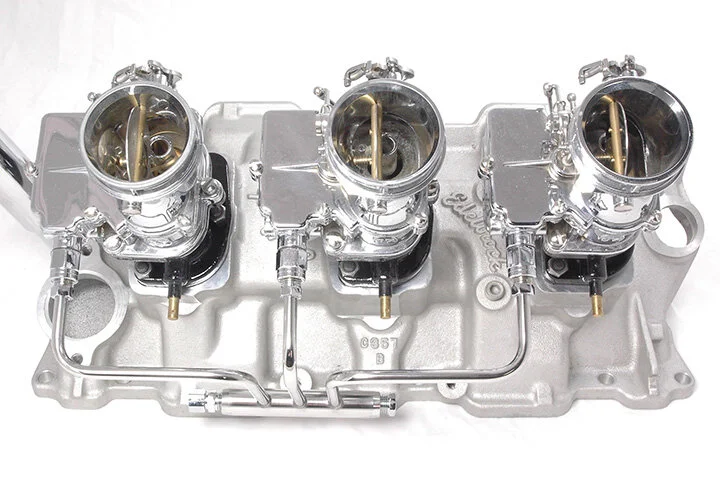
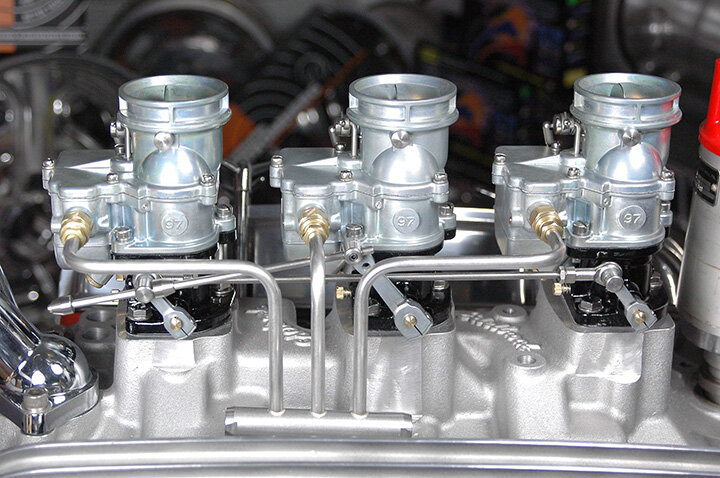
So where did it all start? Strombergs have been around since the earliest of automobile days. 1909, in fact, when Alfred Stromberg and five others formed the Stromberg Motor Car Devices Company producing one brass carburetor a day. By 1928, it was 4,000 a day thanks to some 12,000 staff. And in 1929, the company was sold to Bendix Aviation, moving to join their other operations in South Bend, Indiana. Up through the 40s to the 60s you’d find a Stromberg carb on your Buick, Olds, Plymouth, Stude, even Auburn and Lincoln. But by the 70’s the writing was on the wall for carburetion. In the USA, Stromberg’s last hurrah was the ’74 GMC V-6 truck. And in Europe they stuck the name on a Zenith-designed constant vacuum carburetor, flogged to a host of popular brands including Mercedes and Lotus.

But if we’re talking hot rods, it’s all about the 97. Easy to find. Easy to tune. Good for a reported 150 cfm through 15/16-inch venturis. Original equipment on Ford V-8s for barely more than two years—1936 and ’37. Yes, as we said, the carburetor of choice for hot rodders and drag racers right up to the 1960s.
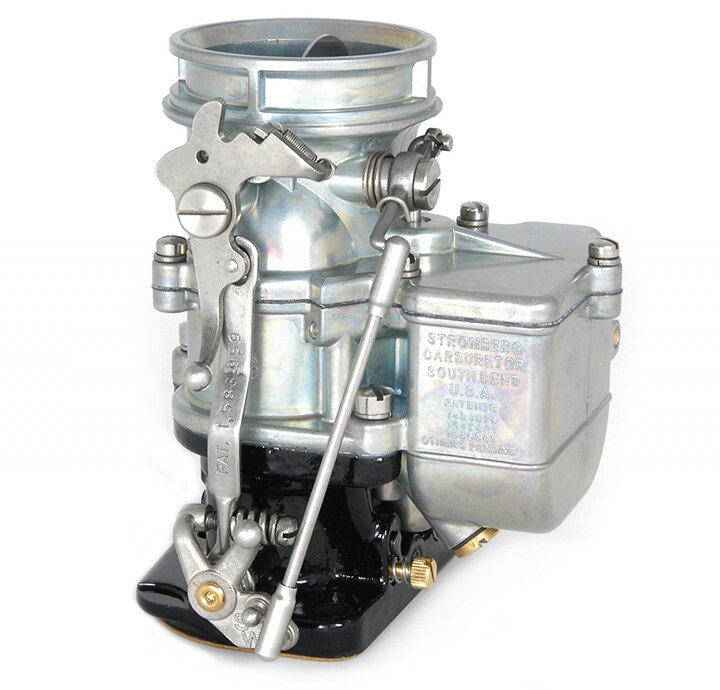



So here’s the question: Why the 97? Chandler-Groves. Ford. Holley. Carter. Rochester. They were all around at the same time. A lot of them were bigger too, which offered more bang for your buck at the time. Its replacement, the Ford/Holley ‘94’ 2-bbl was Ford’s V-8 choice for some 15 years in various guises. And there were plenty of other Strombergs to choose from too. The 1933/34 Model 40 and 48 had a bigger 1-1/32-inch venturi and a reported 175 cfm. Some Lincolns had a 1 inch 160 cfm-rated LZ version, and Ford’s thrifty little V8-60 motor came with the 81, a smaller version of the 97 with a 0.81-inch throat, making it perfect in a 2x2 for your Ford 4-banger or V8-60 powered midget.

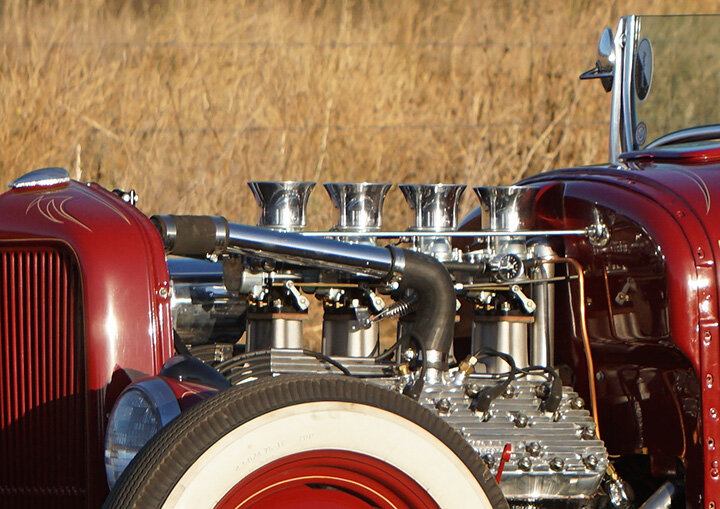
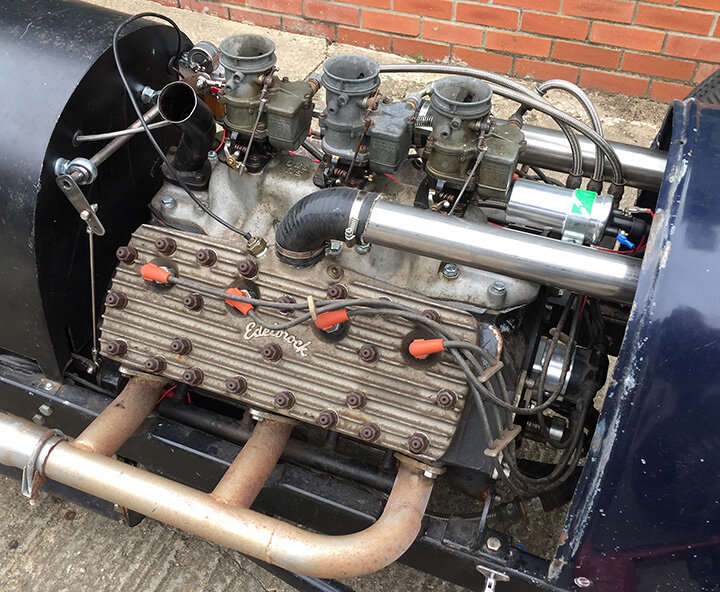
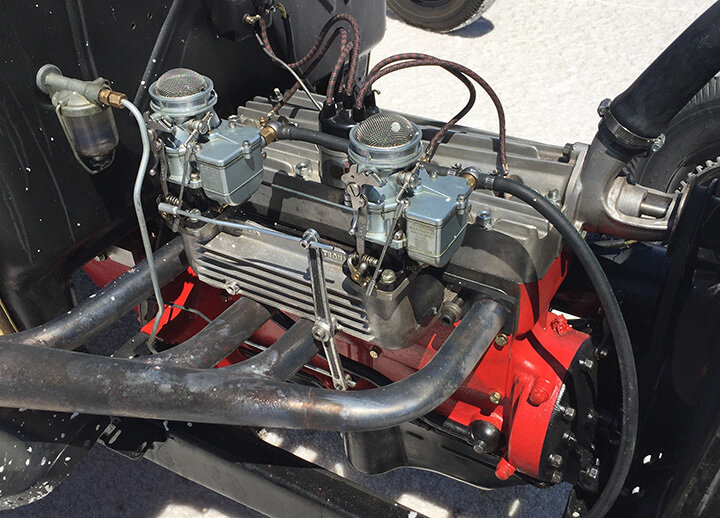
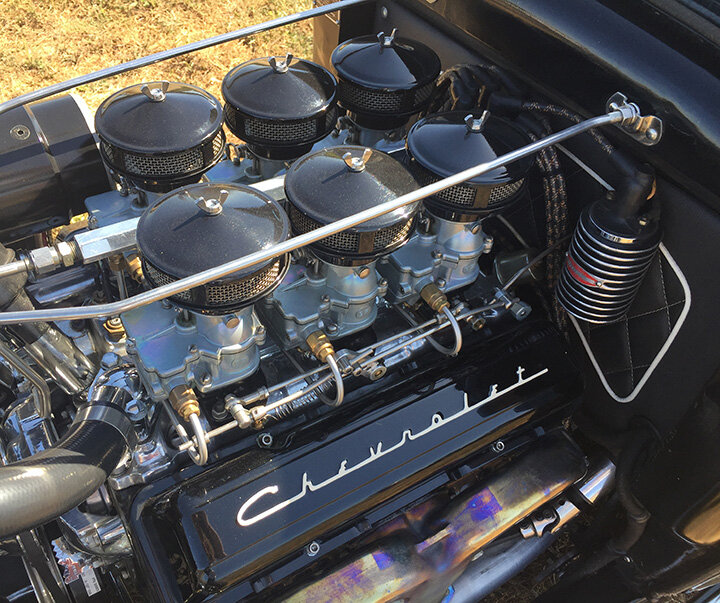
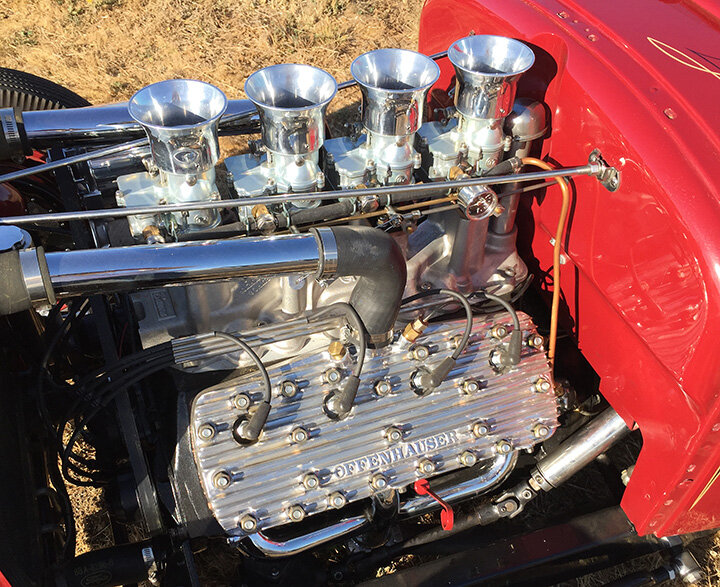
Like most things in hot rodding, it probably comes down to two things: easy availability and racing success. Where racers led, the young street-car guys followed—‘Win on Sunday. Sell on Monday’. Most early hot rods were V-8 Fords (cheaper, lighter, quicker!), so many of those cars came with a Stromberg on top already. And even if it didn’t, you’d find one at a junkyard in moments. Yes, there were bigger, fancier 2-bbl carbs around on other upmarket cars, but probably not as cheaply and not in the junk yard either! It’s worth noting that you could buy a brand new Stromberg 97 from your speed shop, and even through Ford dealers and regular aftermarket stores for almost 30 years after Henry dropped them.

For their part, racers maybe realized that the super-simple 97 is easier to work with than the Holley 94 series. For a start, Stromberg jets are easier to access for tuning—under a plug on the outside rather than deep in the fuel bowl. And the 94 power valves are vacuum activated so they can rupture in the event of a backfire and are harder to tune in multiple carbs with low vacuum. The Strombergs with mechanical power valves, activated by the accelerator pump position, are also far easier to control in multiples. Every hot rodder knows that more carburetors mean more air, mean more power, so who’s going to be happy with just one carb? It’s no surprise that so many early speed merchants made sure their hot, new race-proven intakes were designed for 97s. If you remove the hand throttle lever, your Strombergs are even ready for multi-carb linkage, while all 94s need longer replacement throttle shafts.
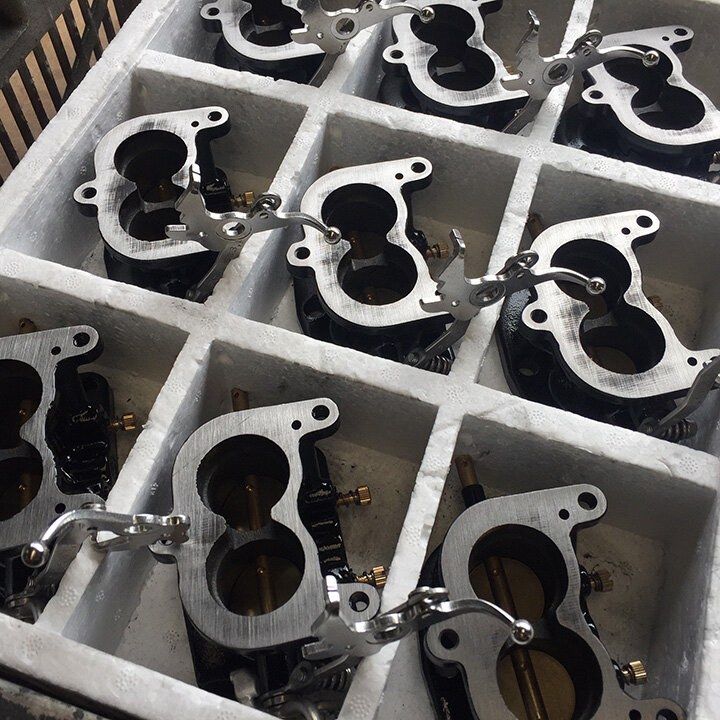


With the return of traditional hot rod styling in the late 90s and early 2000s, it was no surprise that, in 2006, the Stromberg 97 became available again. Under the banner ‘Just the same - better than ever’, the all-new 97s were exactly that. Built to original blue-print spec with a few improvements along the way. No wonder the tested max airflow amounted to 162 cfm. Since then the Stromberg team has extended the range with linkage and fuel line parts, added a new 116 cfm Stromberg 81 model, and even developed a whole new 750 cfm tri-power—the BIG97—designed specifically to give your small block Chevy or Ford a traditional look without compromising on performance. Sounds like one of the oldest carburetor brands is still looking to the future!
For more info contact: https://www.stromberg-97.com/
If you want to read a good comparison check out this test: https://www.motortrend.com/how-to/hrdp-1301-flathead-ford-intake-manifold-smackdown/

